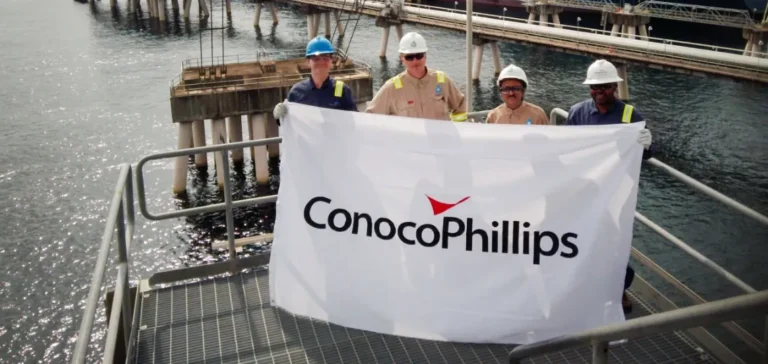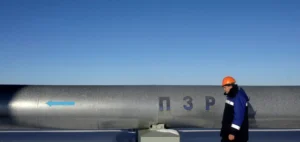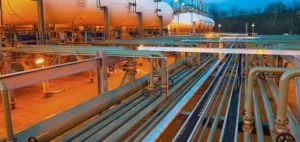Monkey Island LNG has confirmed the selection of the Optimized Cascade® liquefaction technology, developed by ConocoPhillips, for its upcoming liquefied natural gas (LNG) export terminal in Cameron Parish, Louisiana. The project targets a capacity of 26 million tonnes per annum (MTPA) and represents one of the largest LNG developments underway on the southern US coast.
This decision follows a comprehensive evaluation of several technologies available on the market. The Optimized Cascade® process, already implemented in other industrial facilities, was chosen for its proven performance beyond nameplate capacity, operational flexibility, and quick restart capabilities, according to project executives.
A partnership built on modularity and performance
ConocoPhillips will supply Monkey Island LNG with a modular version of its Optimized Cascade® process, designed to reduce land footprint, optimise construction costs, and mitigate execution risks. This model, called the “mega-module,” allows standardisation of liquefaction units and faster commissioning schedules.
The project site covers 246 acres, with strategic access to deepwater shipping channels and the US natural gas supply network. This geographic configuration enables efficient linkage between domestic production and global markets, while relying on a high-efficiency liquefaction technology.
Securing long-term export volumes
Monkey Island LNG is leveraging this technology alliance to offer a competitive supply model to international buyers, based on long-term contracts and a cost structure described as transparent. The aim is to establish a global LNG presence through a model aligning the interests of all players in the supply chain.
The collaboration between Monkey Island LNG and ConocoPhillips reflects a growing trend of technical partnerships in the LNG sector, where cost control, technology reliability, and execution speed have become critical for new project development.






















